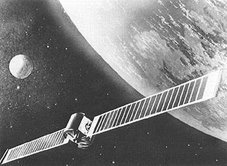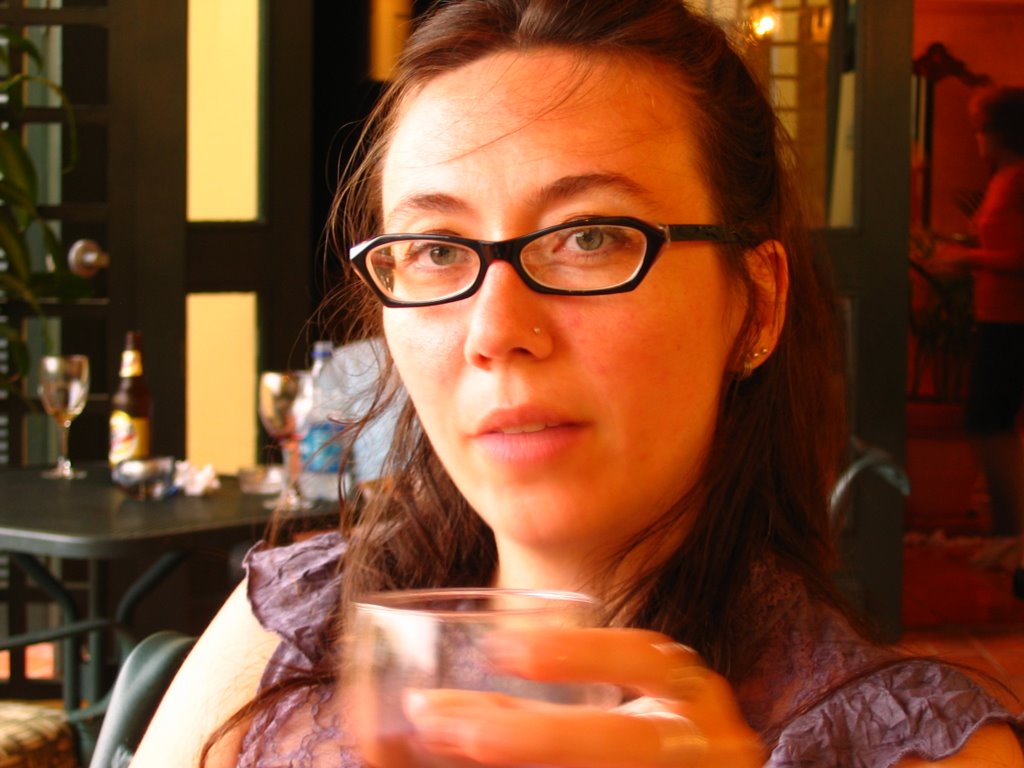SESSION ONE: Introduction, September 5thDiscuss course syllabus – objectives, schedule, assignments, grading and text. Review writing requirements, and introduce online class journal. Ensure students can log on and post entries. Introduce research paper and Life Arts Project. Discuss definitions of “communication.”
SESSION TWO: Communicating in the Information Age, September 12th Review contemporary communication technologies. Define “information age” and introduce media literacy and communication theories. Compare and contrast communication approaches.
- DUE SESSION 2 (9/12) -Writing Assignment: Journal 1
Project homework: Select a communication technology for research paper.
Reading: Preface, pp. xvii – xx; The Changing Media, pp. 3 – 27
SESSION THREE: Media and Society, September 19th Examine the connection between media and society. Evaluate the role of communication media in politics, culture, education and identity. Critique a number of media examples.
- DUE SESSION 3 (9/19) -Writing Assignment: Journal 2
Project homework: Research paper proposal (worksheet).
Reading: Media and Society, pp. 29 – 54
SESSION FOUR: Print Communications, September 26thLook at the history of print communications and examine the impact of print media on society, culture and psychology. Examine modes of representation unique to print technologies. Compare and contrast print examples, exploring the changing role of print in society and culture.
- DUE SESSION 4 (9/26) -Writing Assignment: Journal 3
Project homework: Research paper outline (worksheet).
Reading: Books and Magazines, pp. 57 – 85
SESSION FIVE: NO CLASS - PRAYER SERVICE for DR. LUSTER, October 3rdPlease attend a prayer service for Dr. Gwen Tolliver-Luster in the Saval Auditorium on the 2nd floor of St. John's University at 101 Murray Street (across the street from the DC-37 Campus). The service will be held from 6-7pm.
- DUE SESSION 5 (10/03) -Writing Assignment: Journal 4
Project homework: Research paper annotated bibliography in APA style (min. 5 sources).
Reading: Newspapers, pp. 87 – 118
SESSION SIX: Sound Communications, October 10thReview the impact of audio communications and their significant connection to culture, society, politics and identity. Examine the transformation of music and oral history through the introduction of recording and radio technologies. Explore the significance of radio narrative.
- DUE SESSION 6 (10/10) -Writing Assignment: Journal 5
Project homework: LAP worksheet.
Reading: Recorded Music, pp. 121 – 148
GUEST – Storycorps, TBA Investigate methods used to document oral histories today. Review interview techniques and dialogue/monologue approaches. Students will schedule an audo interview (I suggest participating in
Storycorps) for their LAP.
SESSION SEVEN: GUEST – Women’s Press Collective, October 17thExplore alternative approaches to print communication. Analyze the political significance of print technologies through the dissemination of ideology and the construction of power.
- DUE SESSION 7 (10/17) -Writing Assignment: Journal 6
Project homework: LAP proposal (1/2 page). Schedule LAP interview.
Reading: Radio, pp. 151 – 179
SESSION EIGHT: Visual Communications, October 24thLook at modes of representation in a variety of visual media, including painting, photography, film, video and television. Examine the impact of visual communication today and explore notions of iconography, realism and rhetoric.
- DUE SESSION 8 (10/24) -Writing Assignment: Journal 7
Project homework: LAP contract and annotated bibliography (min. 3 sources).
Reading: Film and Home Video, pp. 181 – 211
SESSION NINE: FIELD TRIP – Museum of Television and Radio, October 31stVisit New York’s
Museum of Television and Radio. Explore the history of television and radio broadcasting through a number of examples. Review radio technologies.
- DUE SESSION 9 (10/31) -Writing Assignment: Journal 8
Project homework: Work on research paper.
Reading: Television, pp. 213 – 252
SESSION TEN: GUEST – Hill & Knowlton, November 7thLearn what it takes to work in public relations today! Discuss how products, ideas and people are given a public face. Evaluate the framing of reality by image consultants and technologies.
- DUE SESSION 10 (11/07) -Writing Assignment: Journal 9
Project homework: Submit final research paper (7-10 pages).
Reading: Public Relations, pp. 293 – 321; Advertising, pp. 323 – 355
SESSION ELEVEN: New Media, November 14thEvaluate a brief history of new media technologies, including Internet and telecommunications.
- DUE SESSION 11 (11/04) -
Writing Assignment: Journal 10
Project homework: Submit LAP questions.
Reading: The Internet, pp. 255 – 291; The Communications Infrastructure, pp. 357 – 389
SESSION TWELVE: Media Uses & Effects, NO CLASS November 21stEvaluate the impact of communication media on daily life and its uses in shaping public opinion.
- DUE SESSION 12 (11/21) -Project homework: Work on LAP interview.
Reading: Media Uses and Effects, pp. 391 – 429
SESSION THIRTEEN: Behind the Scenes – Network TV, November 28thExamine what goes on behind-the-scenes of a major network television studio.
Screening: Network. Dir. Sidney Lumet, 1976. (121 min.)
- DUE SESSION 13 (11/28) -Project homework: Work on LAP interview.
Reading: Media Policy and Law, pp. 431 – 463
SESSION FOURTEEN: The Ethical Uses of Technology, December 5thExamine the ethics of audio/visual recording in the first film about surveillance technologies.
Screening: The Conversation. Dir. Francis Ford Coppola. 1974. (113 min.)
- DUE SESSION 14 (12/05) -Project homework: Work on LAP paper.
Reading: Media Ethics, pp. 465 – 492
SESSION FIFTEEN: 15 Minutes of Fame, December 12thHow far would you go to guest star on your favorite late night variety show?
Screening: The King of Comedy. Dir. Martin Scorsese. 1983. (109 min.)
- DUE SESSION 15 (12/12) -Project homework: Work on LAP paper.
Reading: Global Communications Media, pp. 495 – 527
SESSION SIXTEEN: LAP Presentations, December 19thEvaluate LAP interviews and reflect upon the process of documenting oral history today.
- DUE SESSION 16 (12/19) -Project homework: Final LAP due (7-10 pages and audio cd).
SESSION SEVENTEEN: Library Day, NO CLASS January 2ndEvaluate and critique media examples and arguments encountered throughout the course. Prepare for public presentation of audio work.
Project homework: Prepare public LAP presentations.
SESSION EIGHTEEN: Public LAP Presentations, January 9thProduce and attend a public screening of class life arts projects!!
- DUE SESSION 18 (01/09) - LAP presentations (2-3 minutes).
Screening material listed includes only full-length viewings. We will also examine numerous radio, magazine, news, television and film clips. Many segments will be screened in class, but you will sometimes be required to view media online.

